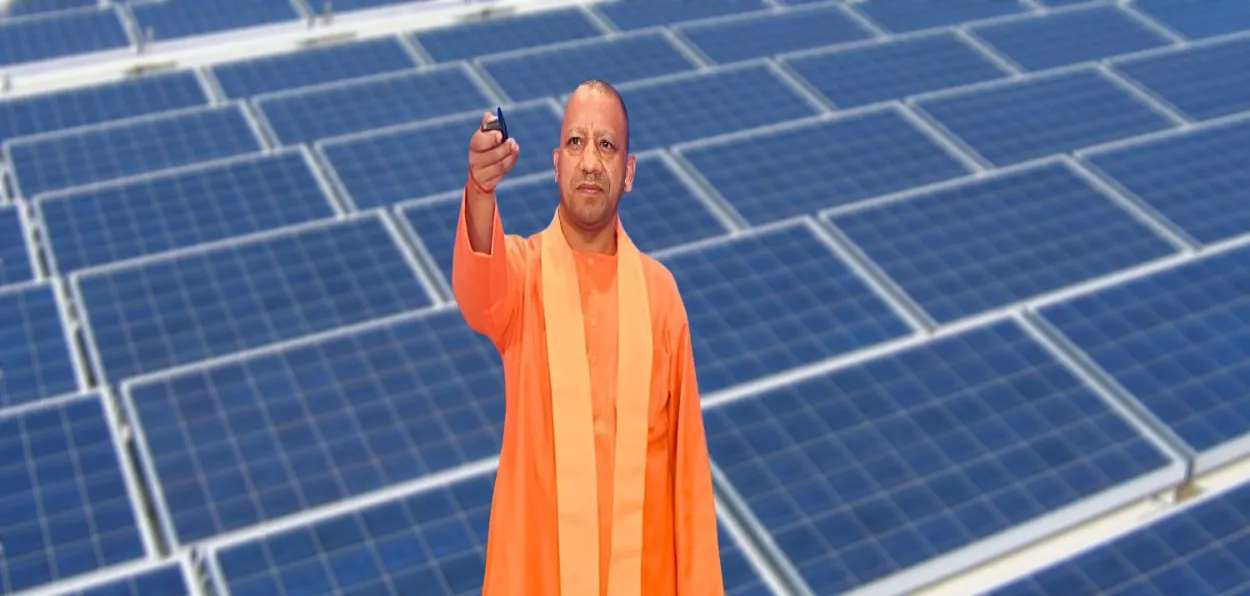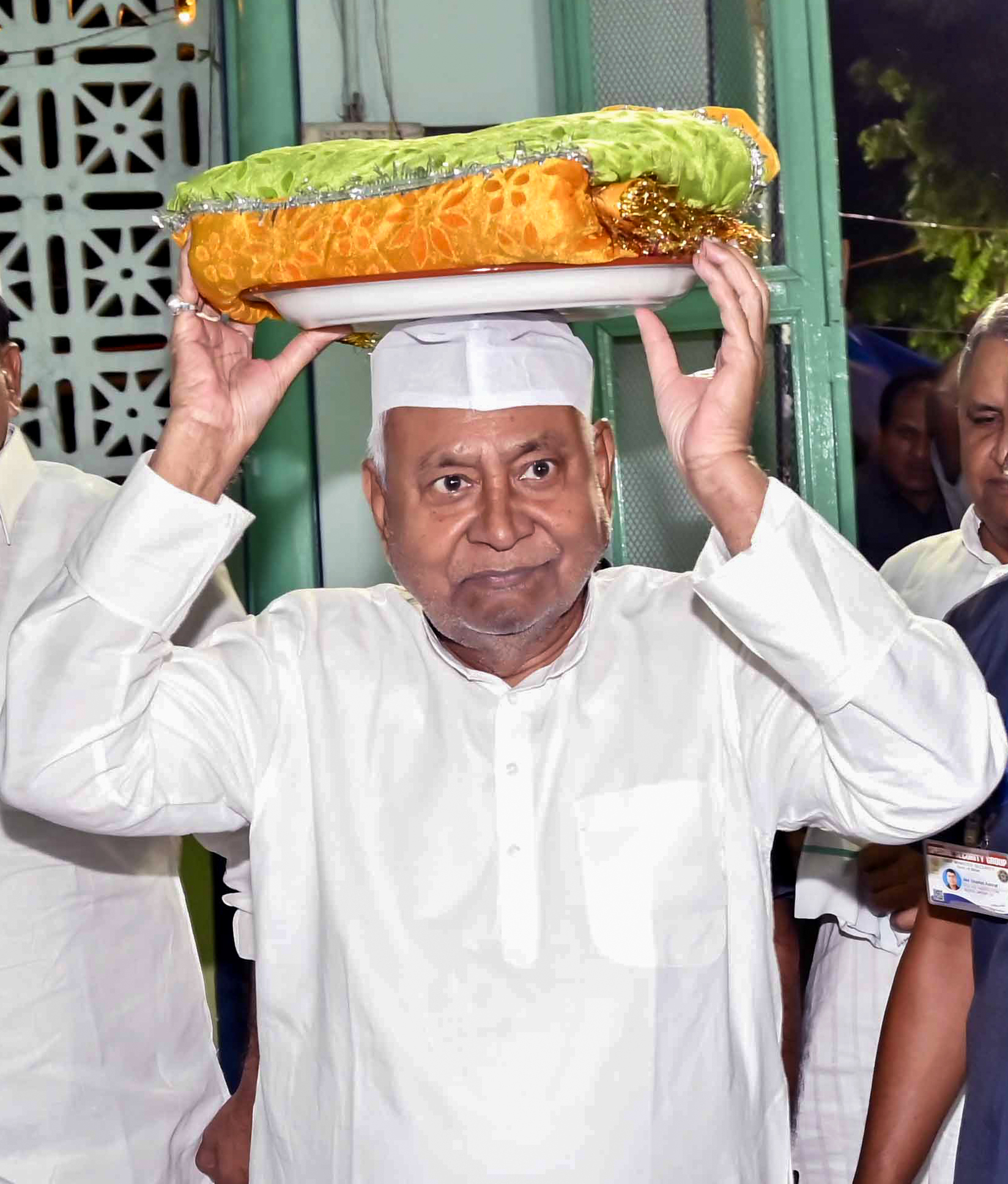
 Sushma Ramachandran
Sushma Ramachandran
Regional variations in development have been wider than expected in India, judging by a recent report of the Prime Minister’s Economic Advisory Council on the performance of states from 1960-61 onwards. It has shown the impact of differing policies and programmes on the developmental parameters in the country. This became more apparent after the 1991 economic reforms and liberalisation process.
One of the most striking outcomes of the removal of license raj and deregulation has been a surge in growth in the southern states. Maharashtra and Gujarat, however, have shown consistently high performance despite the changes in political leadership over this period. In contrast, some states like West Bengal have exhibited a continuous decline both in terms of the share of national Gross Domestic Product and per capita income compared to the rest of the country. The contributions of Uttar Pradesh and Bihar to the national economy have also dwindled considerably.
In the case of West Bengal, the study notes that it held the third largest share of national GDP at 10.5 percent in 1960-61 but accounts for only 5.6 percent in 2023-24. The state’s per capita income was above the national average in 2960-61 at 127.5 percent but has now declined to 83.7 percent. It has thus fallen behind even traditionally laggard states like Rajasthan and Odisha it is pointed out.
It has to be recognized that the political formation that ruled West Bengal for much of this period was the Left Front. It was in power for 34 years from 1977 to 2011 when the Trinamool Congress achieved a landslide victory. Though the Left Front has been lauded for carrying out major land reforms in the state, it is clear that its economic policies did not achieve the goal of raising per capita incomes at the same rate as the rest of the country.
during its tenure, it was evident that most leading industrial houses were shying away from investments in the state. Some efforts were made by the Left Front government to lure industry to West Bengal near the end of its tenure. There was a scheme, for instance, to lure the Tatas to invest in its Nano car project in Singur. This was stymied, however, by an agitation launched by TMC leader Mamata Banerjee in 2008. The company then shifted the project to Gujarat. After the TMC assumed power in 2011, it is reported to have made efforts to improve the investment climate but these do not seem to have met with much success.
Uttar Pradesh and Bihar have also lagged behind the rest of the country, according to the report. It recalls that undivided U.P accounted for the biggest share of GDP at 14.4 percent in 1960-61, but this has fallen to 9.5 percent. Similarly, undivided Bihar contributed a 7.8 percent share of the economy which has now dipped to 4.3 percent
 Nitish Kumar, CM Bihar
Nitish Kumar, CM Bihar
Giving an overview of the past, the report says that five states in the 1960s accounted for about 54 percent of the country’s GDP. These were U.P., Maharashtra, West Bengal, Tamil Nadu and Bihar. The situation has altered dramatically since then. The deterioration in the economic performance of the U.P. and Bihar, two of the largest states, must also be attributed to policies followed by the political leadership over this period.
Unlike states in the southern and western parts of the country, the action was not taken to benefit from the liberalisation process that began in 1991. There has thus been a countrywide increase in the GDP growth after the economic reforms were launched but regional variations have resulted in large swathes of the population being unable to avail of the fruits of development.
The paper - titled Relative Economic Performance of Indian States: 1960-61 to 2023-24 - has found that five southern states accounted for over 30 percent of India’s GDP in 2023-24. As for relative per capita income, it remained the highest in Delhi, Telangana, Karnataka, and Haryana and the lowest in Bihar.
On the progress of southern states in the post-liberalisation era, it notes that Karnataka and Telangana emerged as economic powerhouses. Karnataka’s share in GDP remained at 5.4 percent till 1991 and then rose to 8.2 percent after economic reforms. Undivided Andhra Pradesh (including Telangana) also showed an increase of 2.1 percentage points after liberalisation to reach 9.7 percent of GDP.
The rise in affluence in the southern region over this period has been visible not just to observers within the country but globally as well. Both Hyderabad and Bengaluru have emerged as centers of the information technology industry. In the case of the former, the city developed rapidly from being a relatively small metropolis to a modern urban center with all the facilities required for international investors. Big Tech firms like Microsoft and Google have set up huge campuses in the city.
Much of this development took place during the tenure of N. Chandrababu Naidu as Chief Minister, who is widely credited not just for the modernization of the city but for putting in place policies that were able to lure global investors to undivided Andhra Pradesh.
Similarly, the congenial policies followed by successive Karnataka governments led to Bengaluru and even neighbouring Mysuru becoming IT hubs for the world. The state was ruled largely by both the Congress and the Janata Dal in the post-liberalisation period during which the state began to be called the Silicon Valley of the east. The BJP came to power in 2007 but by that time Bengaluru had already emerged as a center for high-tech industries. This shows that visionary policies to speed up growth and investments are not the purview of a single political party.
Even now, the burgeoning production of mobile phones which have become a major export earner, is due to production plants located in Karnataka, Telangana, and Tamil Nadu. Big Tech firms like Apple have put their faith in these southern states. As a result, Taiwan-based collaborators such as Foxconn have invested heavily there.
ALSO READ: Need to liberalise Chinese FDI in non-strategic sectors
The study on states’ development is thus an eye-opener in many ways. It indicates that large states like U.P. and Bihar need to take inspiration from policies implemented in other parts of the country, especially the southern and western regions. This will help the incumbent governments to formulate schemes that could ultimately lead to faster growth and increased investments. Such strategies are urgently needed as the large populations of these two major states need to rapidly catch up with the rest of the country.
